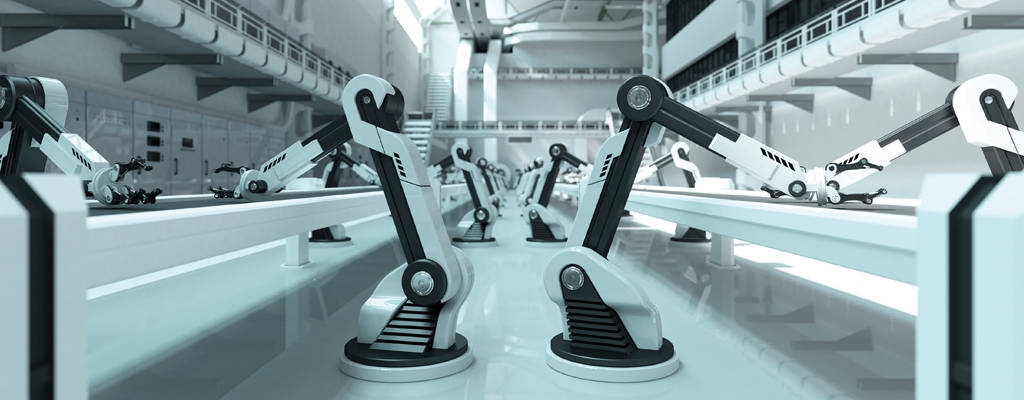In the last couple of weeks, we’ve been looking at the impact that direct to consumer selling (DTC) is having in the manufacturing space.
We’ve run through exactly what it is and highlighted a number of key brands and manufacturers that are leading the way.
We also identified a specific formula of how to get it right. Namely, providing customers with the following three things:
 The second is to identify and understand the needs of their customers. Human analysis, data and insight is key here. How do their customers behave? What value can they give them? What customisation do they demand? How can they tick the three boxes in the DTC formula?
And the third is innovation.
This shouldn’t simply be a fleeting concept; to truly bring innovation into a business it’s about finding a better way to do things and switching mindsets from the top down. This is perhaps the biggest hurdle when it comes to large-scale traditional businesses. But it can be done.
And at Bolland & Co, this is what we do.
We work with manufacturing and complex organisations to understand operational inefficiencies and customer requirements to identify the right tech to respond to the individual challenges of the specific sector and client. Whether it’s creating a direct to consumer e-commerce platform for a kitchen wholesaler, enhancing and transforming photo security in the NHS, or scaling a start-up and strengthening their operation through the right tech.
Innovation always remains a fundamental part of our ethos.
The second is to identify and understand the needs of their customers. Human analysis, data and insight is key here. How do their customers behave? What value can they give them? What customisation do they demand? How can they tick the three boxes in the DTC formula?
And the third is innovation.
This shouldn’t simply be a fleeting concept; to truly bring innovation into a business it’s about finding a better way to do things and switching mindsets from the top down. This is perhaps the biggest hurdle when it comes to large-scale traditional businesses. But it can be done.
And at Bolland & Co, this is what we do.
We work with manufacturing and complex organisations to understand operational inefficiencies and customer requirements to identify the right tech to respond to the individual challenges of the specific sector and client. Whether it’s creating a direct to consumer e-commerce platform for a kitchen wholesaler, enhancing and transforming photo security in the NHS, or scaling a start-up and strengthening their operation through the right tech.
Innovation always remains a fundamental part of our ethos.
-
- Value
-
- Benefit
-
- Great Experience
DTC is the future of manufacturing
It’s a no-brainer really. Customer requirements are beginning to demand manufacturers work in this way. They want to connect with brands, they want a personalised experience and they want great products that cater to their needs. The traditional manufacturing model doesn’t really give them this. That’s the customer ticked off. But what about the manufacturers themselves? They simply have to understand their customers to be successful. And the best way to do this? Through harvesting and analysing customer data. They can only do this by engaging directly with them. It looks like the customers and the manufacturers need each other. We can see that’s a given.Can every manufacturer easily adopt this approach?
We know the way the industry is moving, DTC will become commonplace. It already is in a number of ways. But as is often the issue with bigger more traditional companies, changing their business model isn’t always the easiest thing to do. Start-ups such as Dollar Shave Club came into existence through a DTC model and were able to disrupt the industry through exactly that customer-facing platform. But not all businesses have the agility and flexibility of a start-up.The start-up mentality
So, how should bigger businesses approach this model? The first, is to understand their current operation, its limitations and any inefficiencies that exist. By understanding these issues, the right tech can be identified to enhance the operation and reduce these inefficiencies. Yes, a customer-facing e-commerce platform is required, but for this to cater to consumers and ensure the operation is in a fit-state, the right processes and systems also need to be adopted. This could be cloud collaboration, blockchain or advanced analytics. The point is it needs to be the right tech to help scale that specific business. The second is to identify and understand the needs of their customers. Human analysis, data and insight is key here. How do their customers behave? What value can they give them? What customisation do they demand? How can they tick the three boxes in the DTC formula?
And the third is innovation.
This shouldn’t simply be a fleeting concept; to truly bring innovation into a business it’s about finding a better way to do things and switching mindsets from the top down. This is perhaps the biggest hurdle when it comes to large-scale traditional businesses. But it can be done.
And at Bolland & Co, this is what we do.
We work with manufacturing and complex organisations to understand operational inefficiencies and customer requirements to identify the right tech to respond to the individual challenges of the specific sector and client. Whether it’s creating a direct to consumer e-commerce platform for a kitchen wholesaler, enhancing and transforming photo security in the NHS, or scaling a start-up and strengthening their operation through the right tech.
Innovation always remains a fundamental part of our ethos.
The second is to identify and understand the needs of their customers. Human analysis, data and insight is key here. How do their customers behave? What value can they give them? What customisation do they demand? How can they tick the three boxes in the DTC formula?
And the third is innovation.
This shouldn’t simply be a fleeting concept; to truly bring innovation into a business it’s about finding a better way to do things and switching mindsets from the top down. This is perhaps the biggest hurdle when it comes to large-scale traditional businesses. But it can be done.
And at Bolland & Co, this is what we do.
We work with manufacturing and complex organisations to understand operational inefficiencies and customer requirements to identify the right tech to respond to the individual challenges of the specific sector and client. Whether it’s creating a direct to consumer e-commerce platform for a kitchen wholesaler, enhancing and transforming photo security in the NHS, or scaling a start-up and strengthening their operation through the right tech.
Innovation always remains a fundamental part of our ethos.
